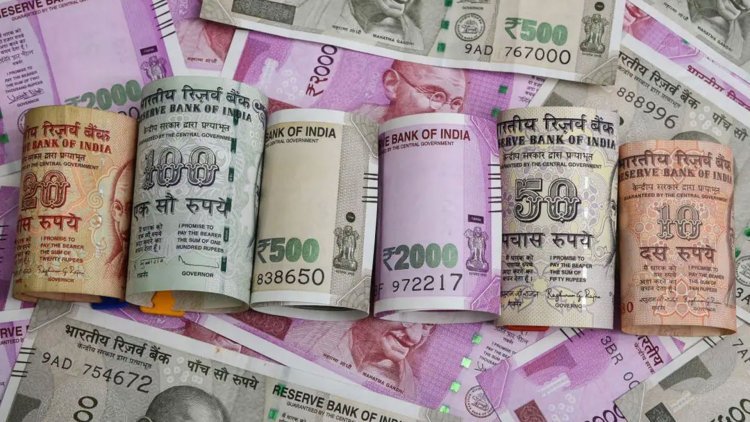Experts believe that rupee weakness may still be present
Gains for the rupee have been attributed to relief from the US inflation report, but Sakshi Gupta, an economist at HDFC Bank, cautions that it is too soon to draw the conclusion that devaluation risks have decreased. She pointed out that any unfavourable surprises in the economic data might shift the balance back in favour of the dollar.

Despite recent increases, the rupee may still be falling as India continues to struggle with inflation and a growing trade imbalance, according to foreign exchange brokers.
In addition to internal concerns about the deficit, they warned that concerns about geopolitics and global growth could put pressure on the currency.
"The rupee has gained a little following the break in the US inflation print. However, it would be premature to say that the risk of depreciation has decreased. The US Fed is still reliant on data and has not finished raising interest rates. Any unfavourable shocks in the economic statistics could shift the scales back in favour of the dollar, according to HDFC Bank economist Sakshi Gupta.
Additionally, lingering geopolitical tensions and impending recessionary threats (particularly in the EU) may encourage investors to seek out the dollar as a safe haven. Continued financial tightening may cause volatility and risk-off events.
The rupee has increased by more than 1% since the beginning of this month and has occasionally traded at a level of 80.80 against the dollar. The rupee started the month at 82.60, and by the second week, it had fallen under 81. The Indian rupee was trading at 81.36 against the dollar at 12:55 today.
Where will the rupee ultimately land?
Due to its favourable growth differential, dealers predicted that the rupee will find some stability over the medium term close to the range of 81-82.
From 81.50 to 83.90 earlier, "We expect USDINR 80.40 to 83.00," said Dilip Parmar, Research Analyst, HDFC Securities.
In addition, Gupta predicted that the rupee would stabilise between the ranges of 81 and 82 in the first quarter of 2023 as the Fed neared the conclusion of its cycle of rate hikes.
Additionally, a decline in global demand is anticipated to cause oil prices to trend around $80-85 per barrel in 2023, giving the rupee some support.
How will the RBI respond?
As it has been in recent months, according to currency dealers, the Reserve Bank of India (RBI) will back any significant depreciation of the rupee. "Moves below 81 on the rupee are likely to result in the RBI purchasing dollars to bolster its reserves in the nearish term," Gupta said.
According to the most recent RBI weekly statistics, India's foreign holdings decreased by roughly $110 billion year over year from $642 billion in October to $530 billion.
To prevent the rupee from falling sharply, the central bank has been actively engaging in the forex market.
As seen in the previous three sessions, the RBI has been buying dollars, which will maintain domestic dollar demand and probably maintain the protection of the 80.80-level near-term bottom. Amit Pabari, MD, CR Forex Advisors stated in a note that any bounceback towards 81.50-82.00 can be viewed as a selling opportunity because the overall trend in the DXY (dollar index) appears to have changed following a crucial 109.50 level breakdown.
In addition, the Rupee's Asian rivals, the Chinese Yuan and the Japanese Yen, have both strengthened significantly. Additionally, the country has received nearly $3 billion in foreign inflows since they resumed.
As net foreign fund purchases increase and the dollar index begins to retrace globally, Parmar continued, "the RBI may use the recent decline as an opportunity to rebuild reserves and import covers."




 admin
admin 




















